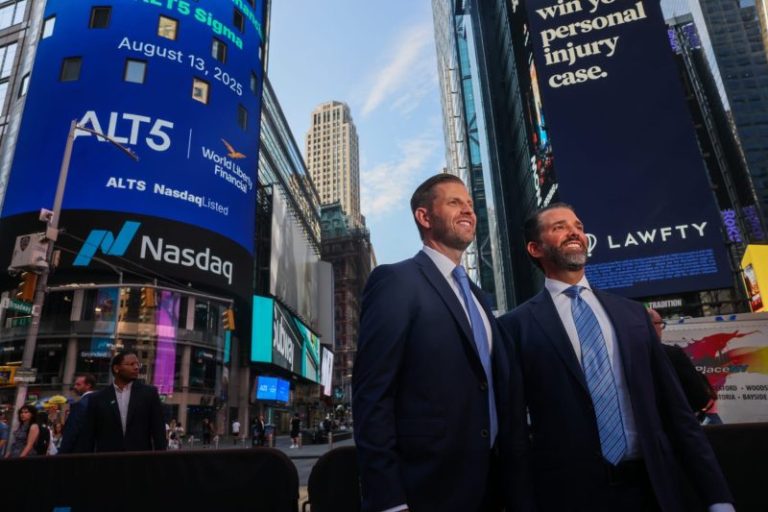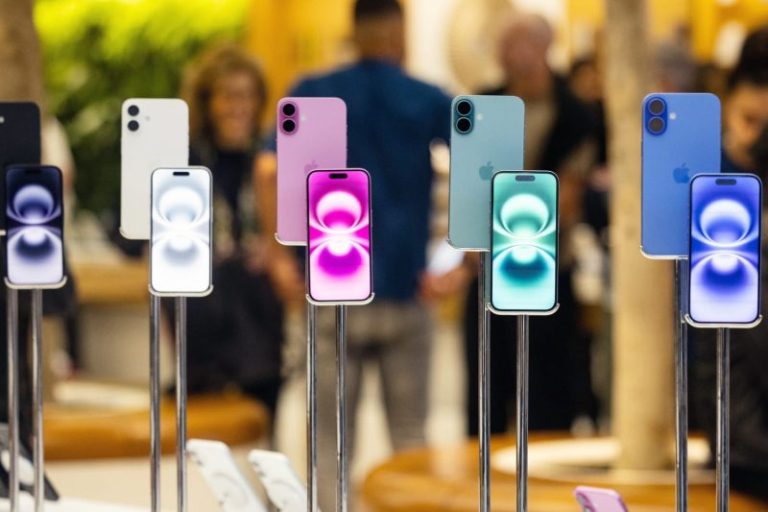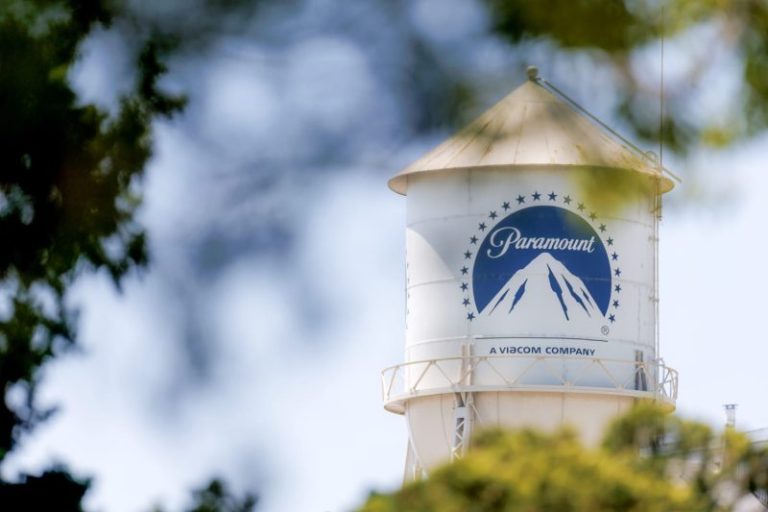Shares in the Trump family’s latest cryptocurrency made its stock market debut Wednesday, triggering more ethical concerns as the Trumps look to cash in on crypto as the president’s administration weakens regulations for the nascent industry.
American Bitcoin, a firm co-founded this spring by Eric Trump, the president’s son, saw its share price climb as much as 39% by early afternoon to about $9.60.
It ended the day at $8.04, lower than its opening price of $9.22.
According to a release, the company is set up to accumulate bitcoin through computer “mining” of the cryptocurrency, as well as “opportunistic bitcoin purchases.” By owning a share of American Bitcoin, investors are betting that the company will be able to grow its bitcoin holdings faster than competitors. It also assumes bitcoin’s price will keep going up.
American Bitcoin’s stock debut is renewing ethics concerns about the Trump family’s ability to benefit from the president’s influence on the crypto industry, where it is increasingly seeing windfalls.
On Monday, the first public sales of a digital token minted by World Liberty Financial, a crypto firm co-founded by the Trump family, created as much as $5 billion in paper wealth for them and other insiders based on existing holdings. Last week, Trump Media and Technology Group, the parent company of President Donald Trump’s Truth Social platform, announced it had struck a deal with Crypto.com to accumulate Crypto.com’s native token Cronos, or CRO. Since the announcement, the value of CRO has climbed about 69%.
Shortly before 1 p.m, the value of Eric Trump’s American Bitcoin stake had climbed to as much as $600 million, according to calculations by Bloomberg News. Donald Trump Jr. also owns a stake, though its extent was not immediately clear. A representative for Trump Jr. did not respond to a request for comment.
“There’s no question there’s a conflict of interest here,” said Virginia Canter, chief counsel for ethics and anticorruption with the Democracy Defenders Action group, a bipartisan advocacy group that seeks to oppose authoritarianism. Canter served as a legal adviser in four different presidential administrations. Beyond having the ability to appoint regulators charged with overseeing the crypto industry, Trump can also create an uneven playing field for other crypto market participants who might believe they may pay a price for competing with his entities — or failing to engage with them, Canter said.
In a post on X last night, Sen. Elizabeth Warren, D-Mass., said of the start of American Bitcoin’s stock trading: “it’s corruption, plain and simple.”
A representative for the Trump Organization did not respond to a request for comment about the ethics concerns.
Estimates about how much President Trump and his family have earned from their crypto ventures vary. Reuters calculated that they made as much $500 million from the World Liberty decentralized finance platform, which debuted last year.
The figure is a moving target. In May, Zach Witkoff, a World Liberty co-founder and the son of White House Middle East envoy Steve Witkoff, announced that an Abu Dhabi-based firm had purchased $2 billion-worth of World Liberty’s stablecoin as part of an investment in the Binance crypto exchange. In July, Trump Media announced it had accumulated roughly $2 billion in bitcoin and related assets, accounting for about two-thirds of Trump Media’s total liquid assets. The Donald J. Trump Revocable Trust, a financial instrument Trump created in advance of returning to the Oval Office, owns 52% of Trump Media.
The group that created Trump’s memecoin, $TRUMP, earned $350 million from initial sales, the Financial Times reported in March, though its ownership structure and Trump family members’ direct stakes are unclear.
The White House has maintained that the president is not involved in the day-to-day affairs of Trump family businesses. Some ethics experts have argued that presidents are exempt from conflict-of-interest laws because they oversee too many areas to make enforcement practical.
In a statement, the White House blasted any insinuation of a conflict of interest.
“The media’s continued attempts to fabricate conflicts of interest are irresponsible and reinforce the public’s distrust in what they read,” White House press secretary Karoline Leavitt said. “Neither the President nor his family have ever engaged, or will ever engage, in conflicts of interest.” She said the administration “is fulfilling the President’s promise to make the United States the crypto capital of the world by driving innovation and economic opportunity for all Americans.”
At a conference last week, Eric Trump said the bitcoin community had embraced his father “unlike anything I had ever seen before.” Since then, the crypto industry has become one of the most influential players in politics: Its super PAC, Fairshake, was the largest-single donor group during the 2024 election and has already accumulated $140 million in advance of next year’s midterms, Politico reported.
The Trump brothers have announced a flurry of business moves since their father took office that parallel the president’s policies and agenda. Last month, they announced they would serve as advisers to New America, a firm that aims to buy businesses that “play a meaningful role in revitalizing domestic manufacturing, expanding innovation ecosystems, and strengthening critical supply chains.”
The brothers are receiving a combined 5 million shares in the company, which seeks to raise $300 million from investors in advance of going public.



